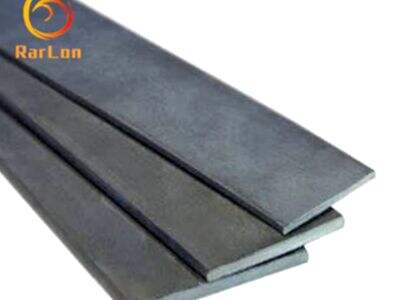On that note, RARLON has some super nifty specs on an appropriate for construction material. This metal, much superior to the common metal, iron, or Stainless Steel Products, is called weathering steel. In this article, we will discuss all there is to know about weathering steel — what it is, the way it works, why it is the best choice and the stages that weathering steel undergo in nature.
A Strong Building Material
So to kick off, what makes weathering steel? Highly resistant steel to corrosion is known as weathering steel, which sometimes has an extended lifetime. Designed for extreme environment, this is good outdoor shelter. You will find it currently operated in various significant areas, including bridges, buildings, and sculptures. Despite years of rain, snow, and wind, weathering steel has proven itself resilient for decades. This is why a lot of builders or architects take advantage of it for their developing works.
What is Weathering Steel?
The proper name for weathering steel is Corten steel. This metal is an alloy type, which means that it is made of are made from more than one metal(s) like iron, copper, nickel and chromium. This cocktail ensures that weathering steel can develop a characteristic layer of rust on its surface. It acts as a sacrificial layer for the rust, a layer of rust which prevents degradation of the underlying metal. This is important because it helps prevent residual rust and erosion of the steel, which can weaken the metal as time progresses.
Rust Helps Protect
The material: weathering steel: it is also puzzling, as the weathering steel requires a little rust to do its thing. The moment the steel meets the oxygen, it begins to rust and this oxidation forms what we call patina. All weathered steel develops a unique finish over time known as patina. I know what you're thinking: rust is the bad guy when it comes to metal but don't fret — that's simply the nature of the design. The layer of rust is the thing that prevents the steel to rust again, so it saves the life of the steel.
What Sets it Apart from Other Metals?
So, coming to the question, what is so special with the weathering steel which is different from the metals i. e. iron and steel, which we normally see and use. Because of its composition, it creates a shield above the skin. However, instead of rusting and deteriorating over time in the elements like most metals, weathering steel is precisely designed to encourage rust that develops a protective outer layer which actually protects and strengthens the metal. That implies that it is capable of surviving some very harsh weather condition or weather ultimate, without coming out of its function. The fact that the steel doesn't illuminate or process is a also another one of the benefits to weathering steel. A building material should be as cheap as it can get to provide the user with that lasting service for years.
Changes with Nature
The unique thing about weathering steel is that it changes in response to nature. The steel is outside, so the color and texture changes by location. For instance, been in close proximity to the sea, the crispness of the weathering steel will slowly patinate (go a pleasant warm golden brown) In the case of dry desert site, this unknown steel may originally take reddish brown color. It enables the use of weathering steel to give structures a beauty that harmonizes with their surroundings. It can also become a lovely part of the landscape itself.

 EN
EN
 AR
AR
 HR
HR
 CS
CS
 DA
DA
 NL
NL
 FI
FI
 FR
FR
 DE
DE
 EL
EL
 IT
IT
 JA
JA
 KO
KO
 NO
NO
 PL
PL
 PT
PT
 RU
RU
 ES
ES
 TL
TL
 ID
ID
 SR
SR
 SK
SK
 UK
UK
 VI
VI
 SQ
SQ
 HU
HU
 MT
MT
 TH
TH
 TR
TR
 FA
FA
 MS
MS
 MK
MK
 HY
HY
 AZ
AZ
 KM
KM
 LA
LA
 MN
MN
 MY
MY
 KK
KK
 UZ
UZ

